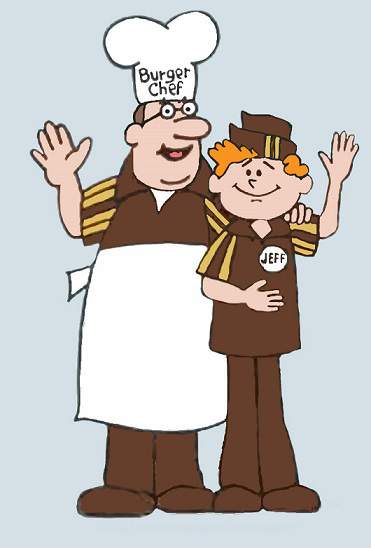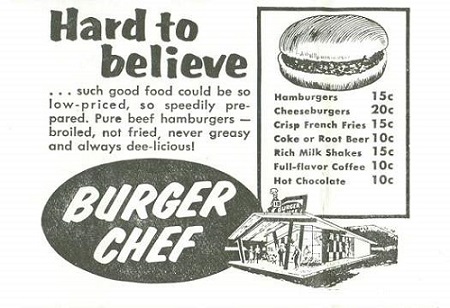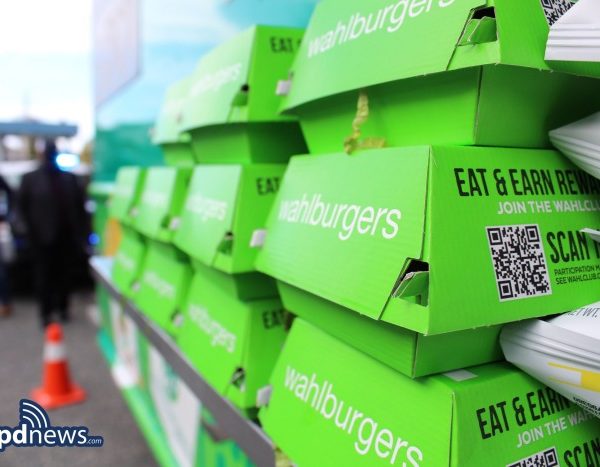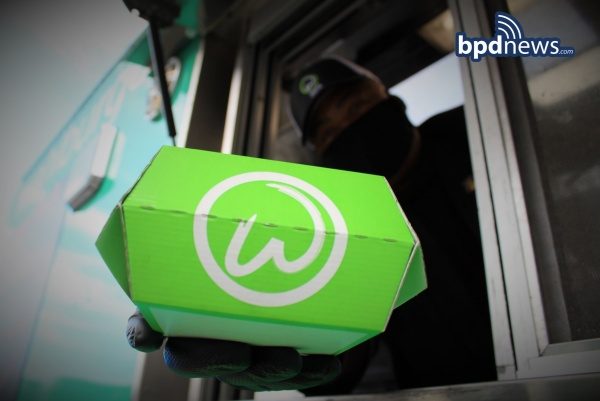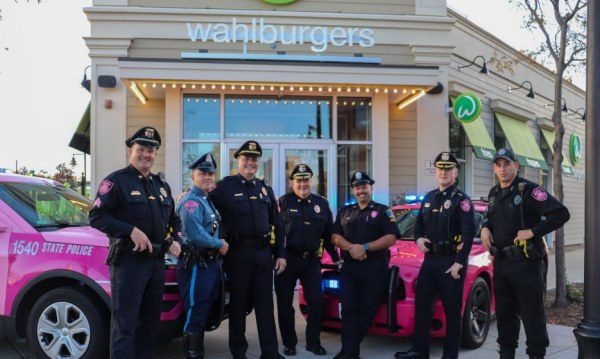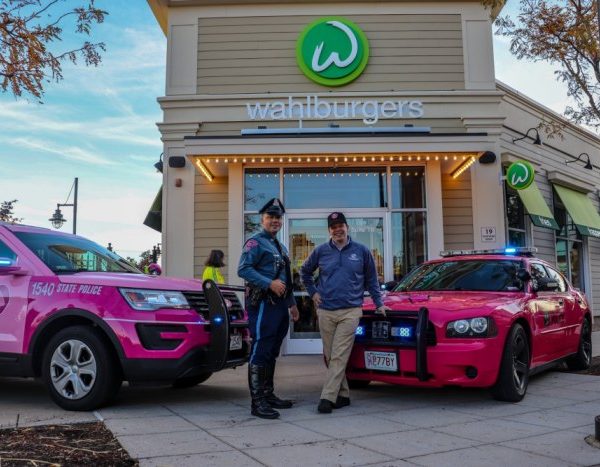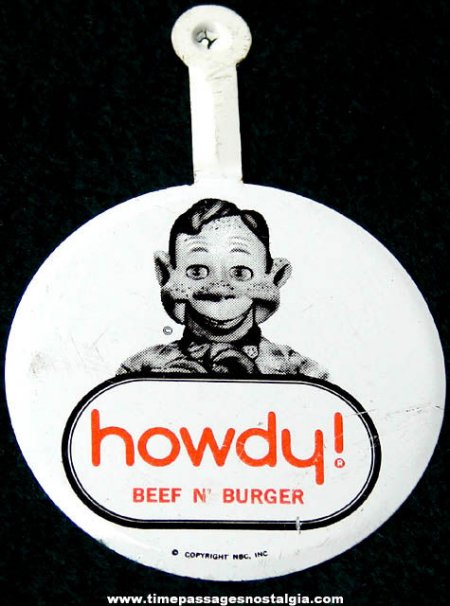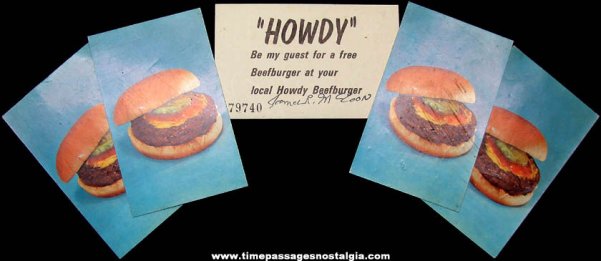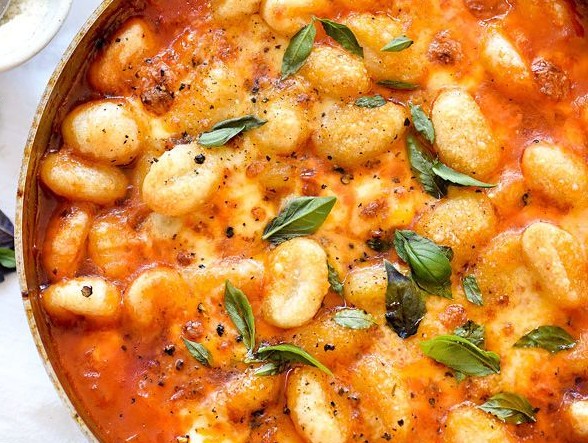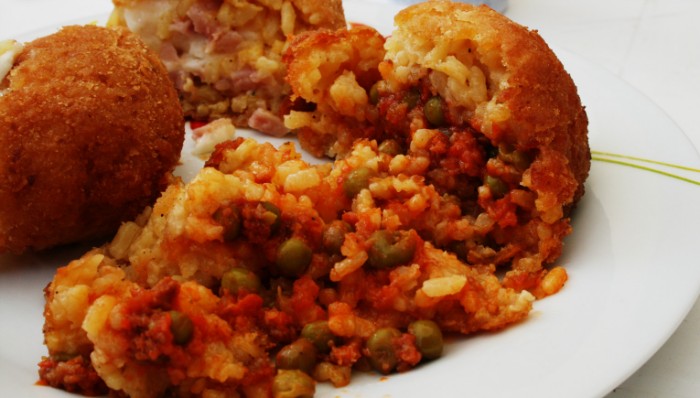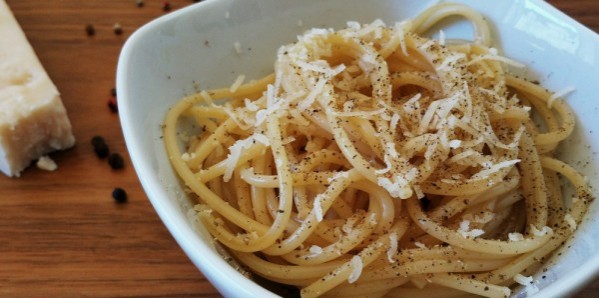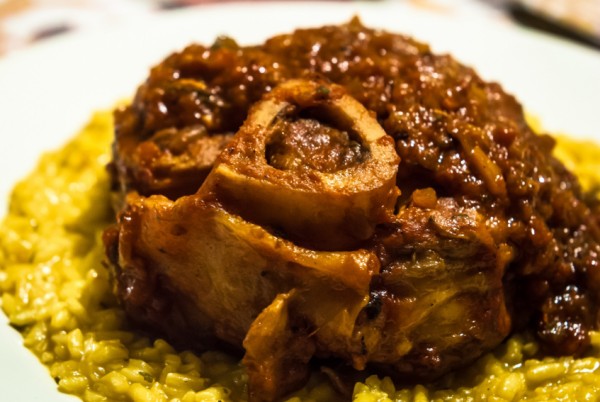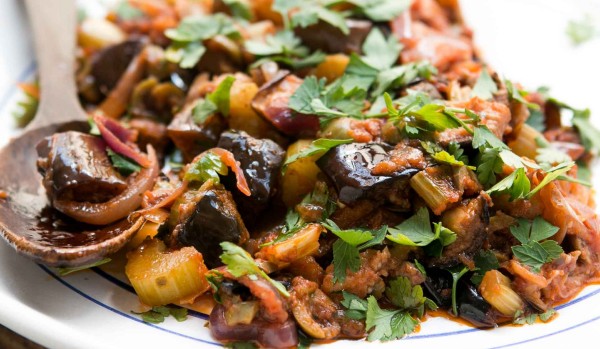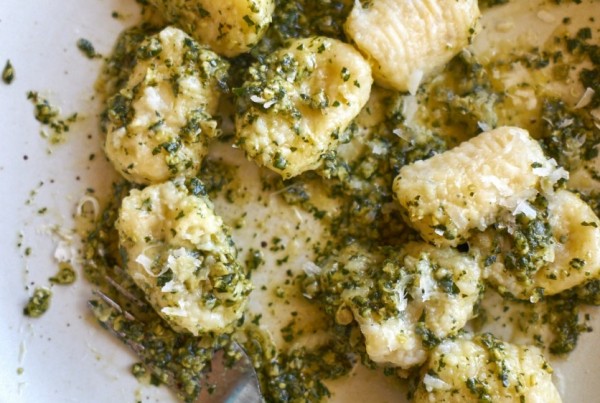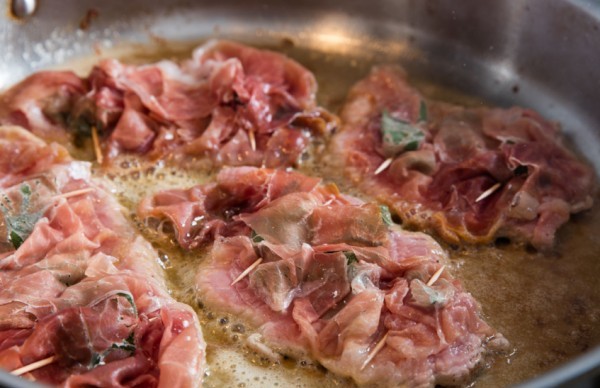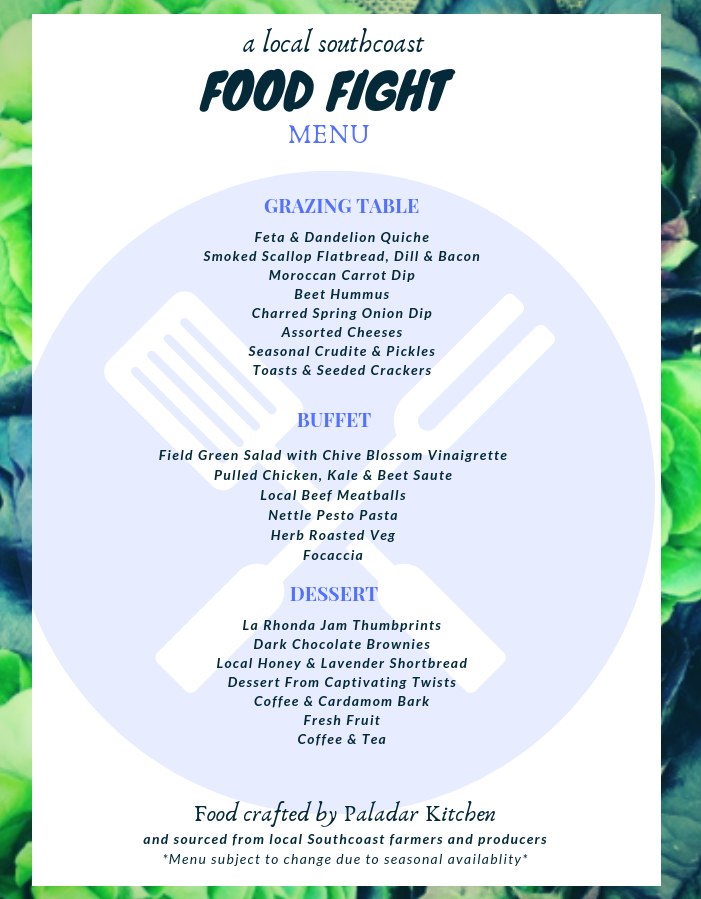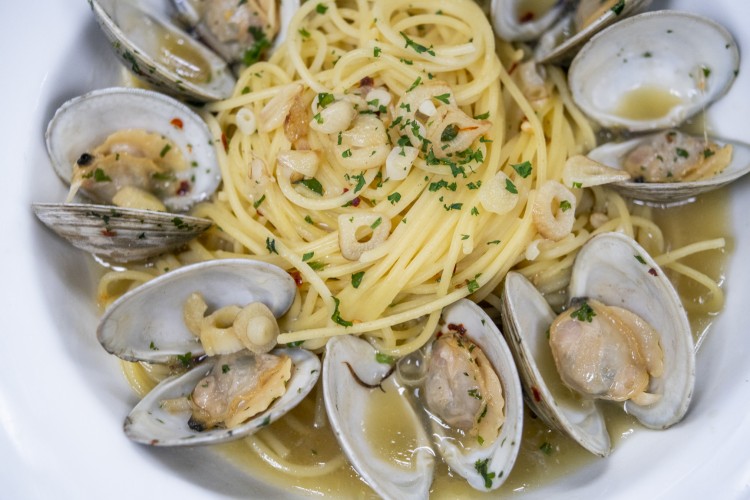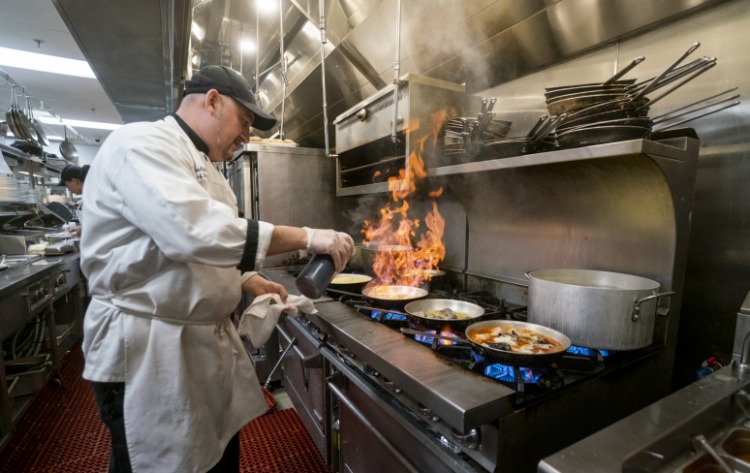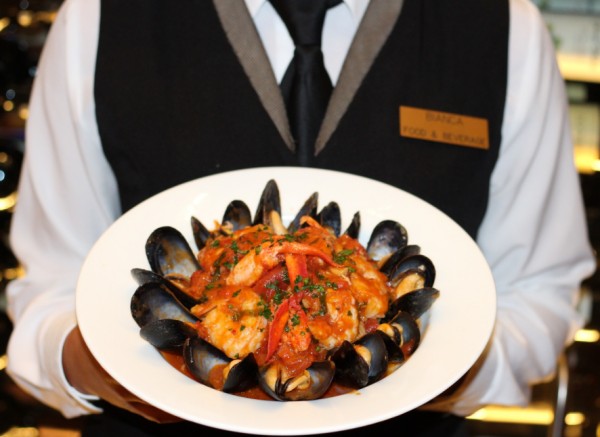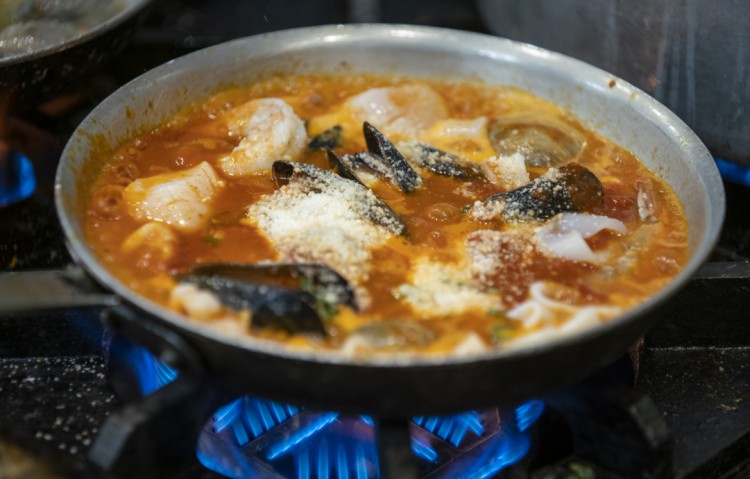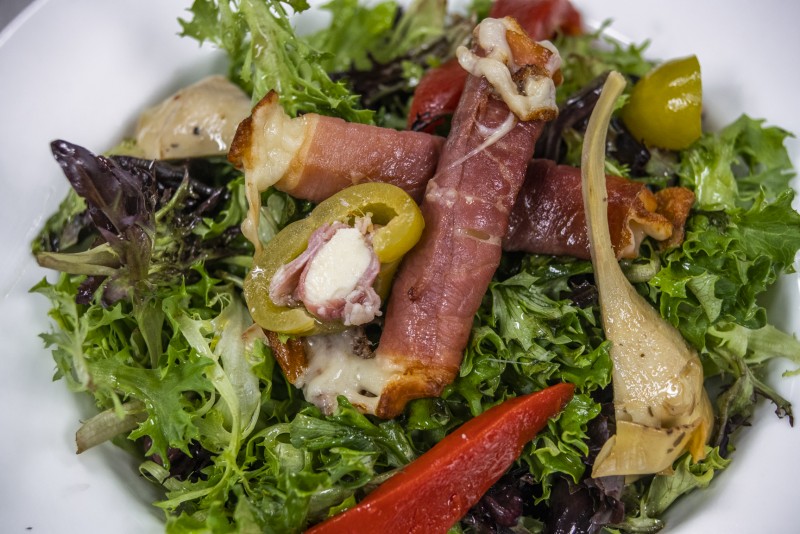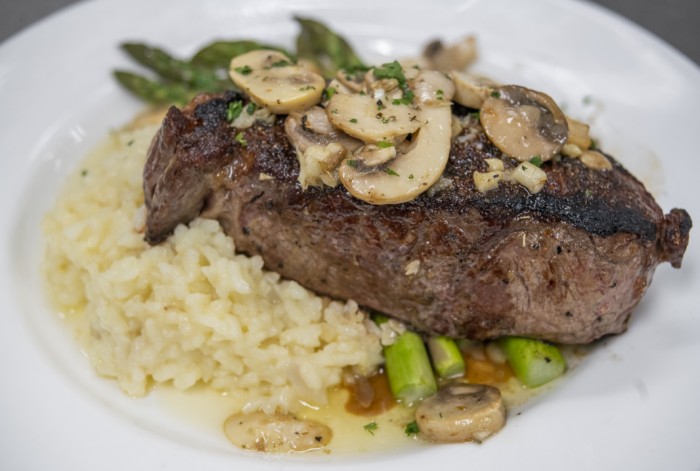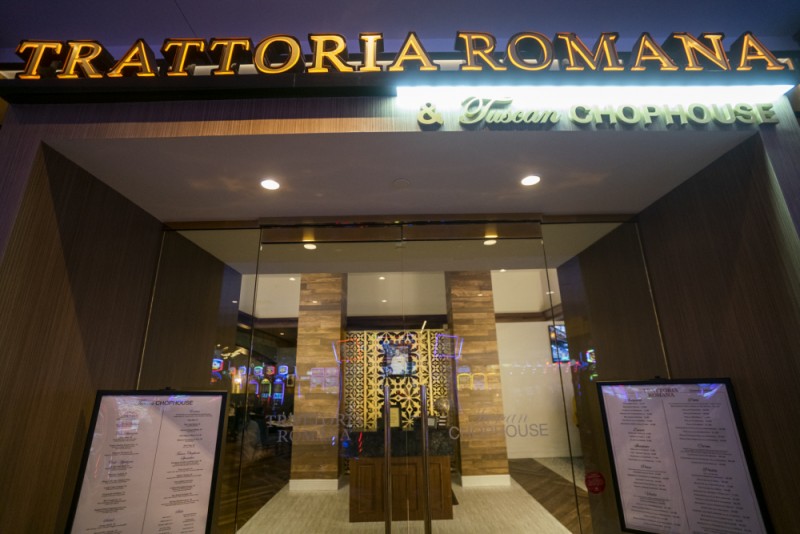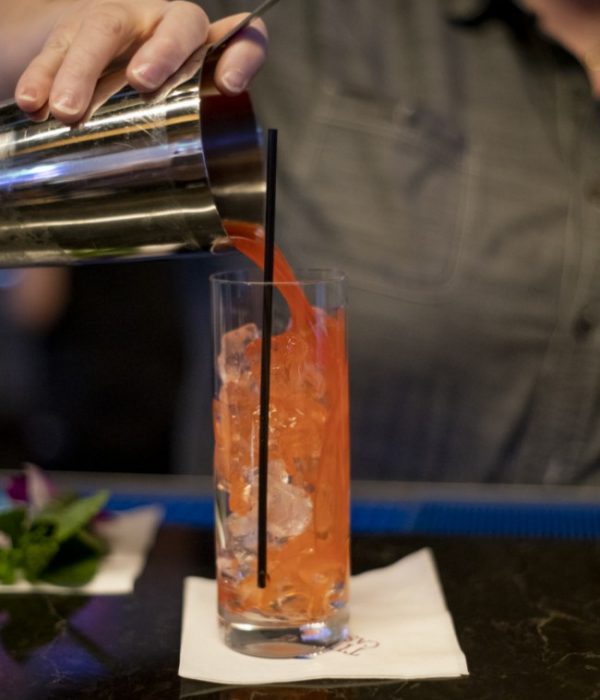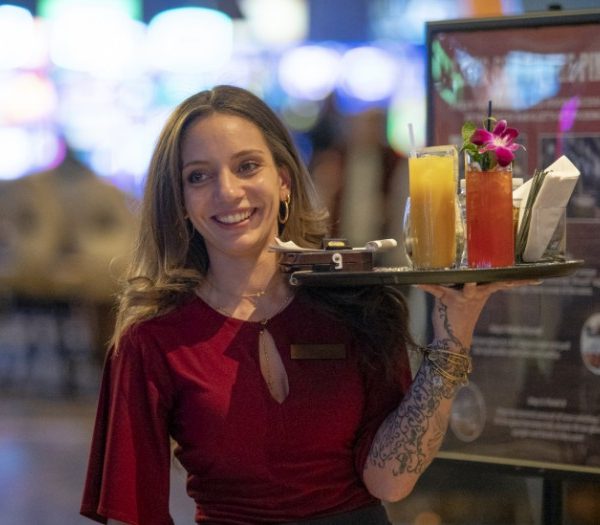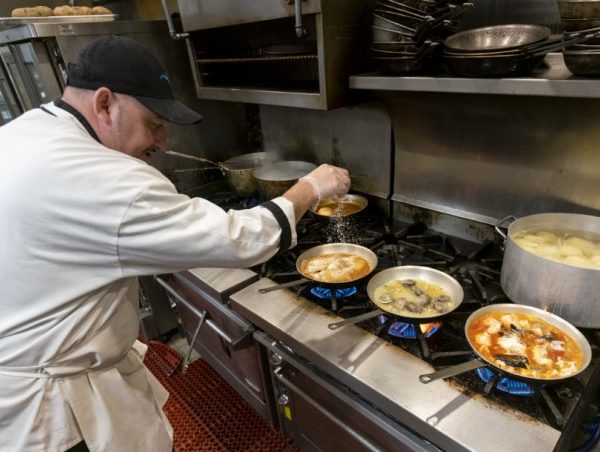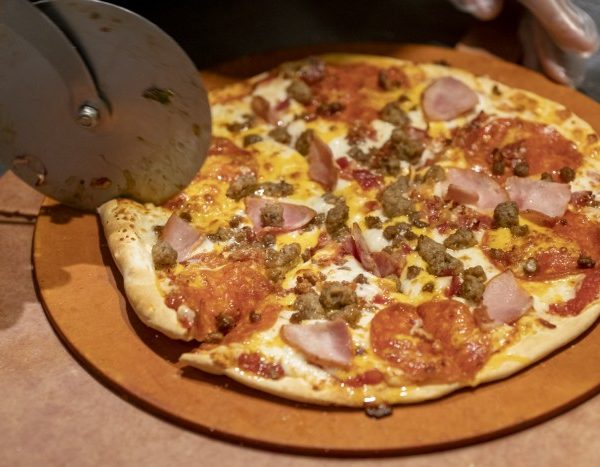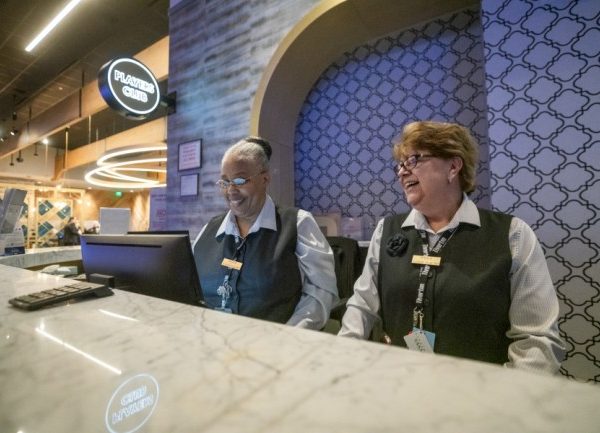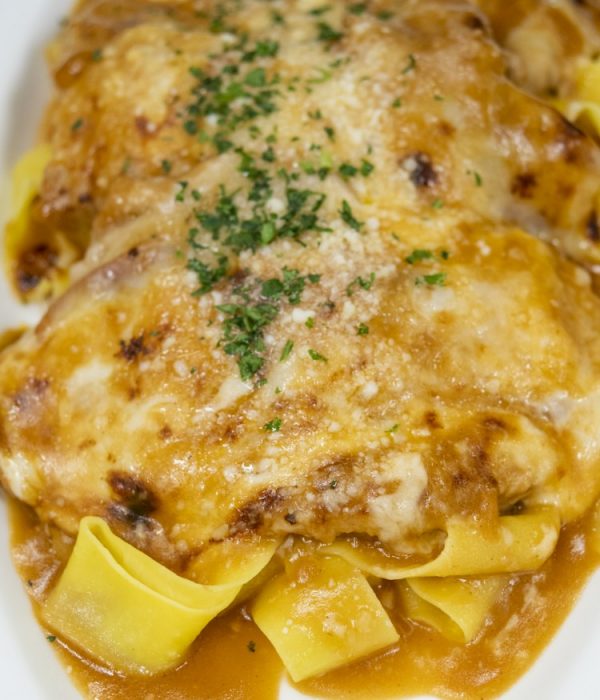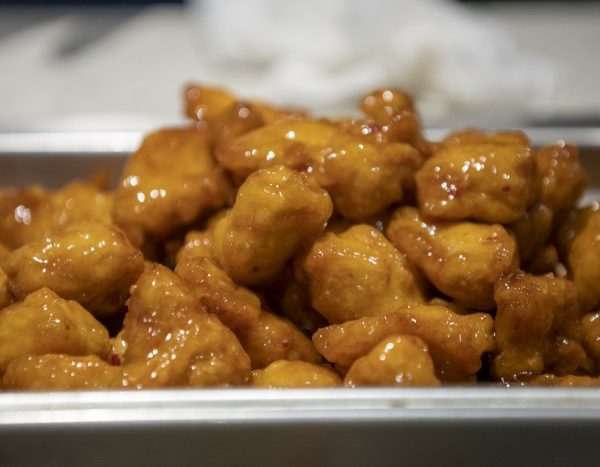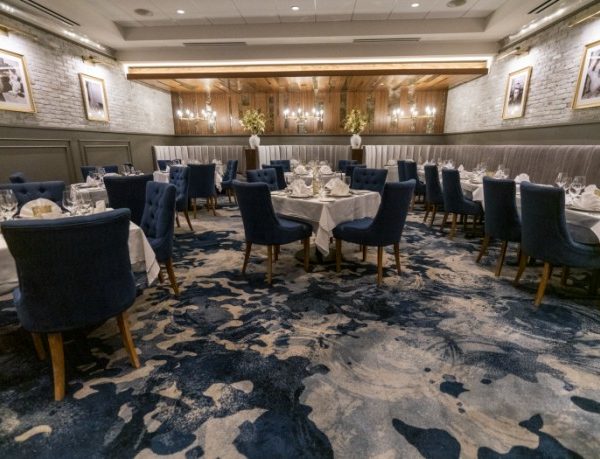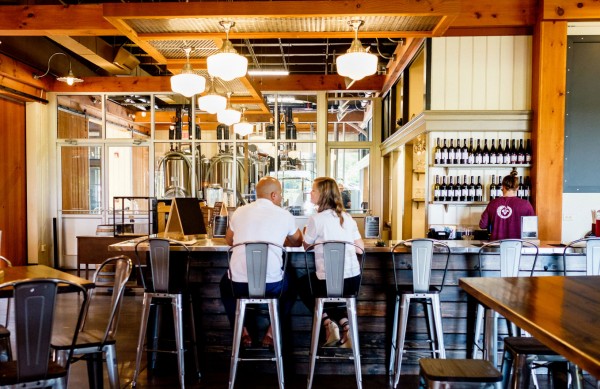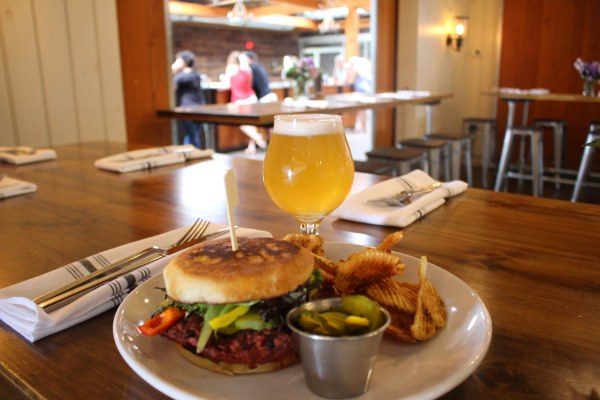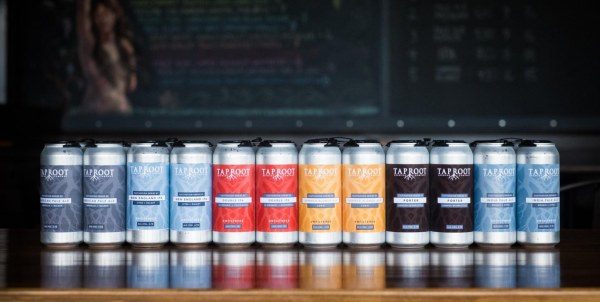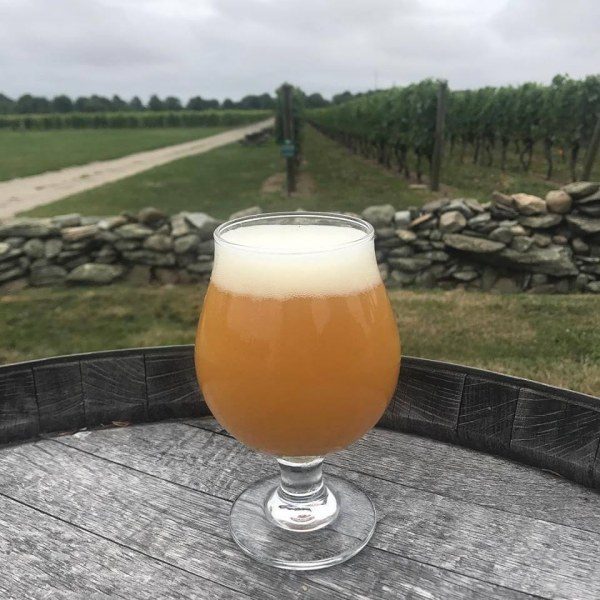Series Introduction (Move down if you’re familiar with the thread or don’t care)
In this series, we hope to highlight and showcase in as interesting a way as possible, the stories behind our favorite, mouth-watering local dishes. While we’ll focus on greater New Bedford and the South Coast, we will occasionally “travel” to places like Plymouth, Providence or even Boston. I will attempt to keep it light-hearted, fun, and easy to read. While I can’t promise to keep you compelled and pull you along with prose – that would take a professional writer – I will promise to be liberal with the drool-inducing images of these dishes.
I grew up in a Sicilian household where everyone – man, woman, child – was participating in preparing meals. It was a “trick” to get everyone together, talking, laughing and of course, the occasional heated debate. Food was a huge part of our identity, where we came from, who we were. There was something special about the atmosphere that revolved around a meal that we prepared.
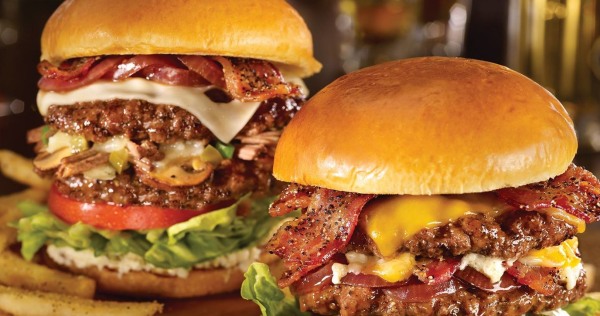
This is certainly not unique to an Italian or Sicilian household. Every ethnic group in the country has a proud culinary tradition that they grew up around. You can easily replace “Sicilian” with Irish, Vietnamese, Portuguese, Ethiopian, Greek or anything else. This is why food as a topic is always so popular. We humans love our food and that passion goes beyond the gustatory or taste – we crave the aromas, delight in the presentation, are fueled by the atmosphere, and relish – pardon the pun – discussion about our favorite dishes, restaurants or cuisines.
One thing that is often not discussed – is glossed over, or barely touched upon – is the history or background of these dishes. Now, to some, this conjures up the voice of the guy from the “dry eyes” commercial. The terms, for many, are synonymous with “boring,” “dull,” or “It’s time to go.” However, the background can be interesting, fun, or funny and it can be so without being facetious, dumbed-down or popular. I will make every attempt to maintain a fresh balance with those elements in this series.
As always, feedback is encouraged. Anecdotes are wanted. Discussion is paramount. Please join in.
_______________________________________________________________________
Ah, the hamburger, the dish with a million faces. It can be humble or grandiose, basic or extravagant, affordable or one with which you might need to leverage your house to get a small loan. It can have next to nothing on it or more other ingredients than the burger itself weighs. Either way, America and the world has a love affair with the hamburger and it has become as American as baseball, apple pie, and politics.
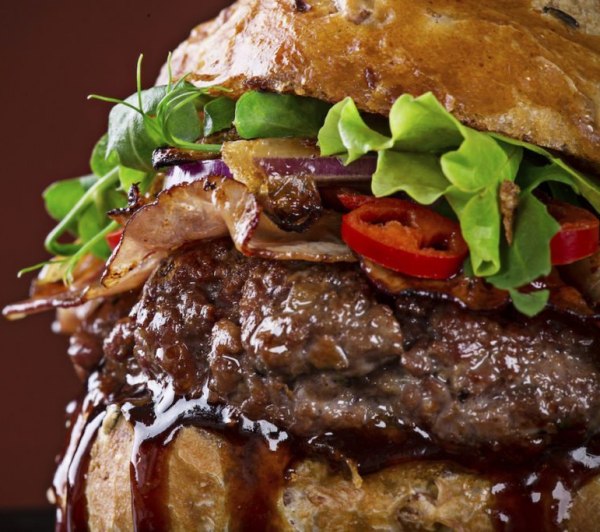
Why do we love this sandwich so much? Some of us love it so much that if someone said that they could eat a hamburger every day it wouldn’t sound like crazy talk at all. In fact, they’d probably say “Me, too!”
The hamburger joins the short list of elite dishes and keeps company with the likes of pizza, hot dogs, chowder, fried chicken, et al. The proof is in the seemingly innocuous question “Who makes the best _____?” You’ll not only get plenty of different answers but a debate, even an argument will ensue. Don’t be surprised if insults and even threats fly about as well.
Like, pizza, the hamburger’s popularity has much to do with how customizable it is. The gamut ranges from just some ketchup or perhaps a slice of melted cheese, to a veritable mountain of multiple patties, trimmings, sauces, and toppings making the sandwich as big as your head. The “bread” layers can be a classic bun or fried bread, a croissant, pretzel, cheese roll, even ramen noodle, grilled cheese sandwiches, or donuts. The patty can be all sorts of things, like black beans, mushrooms, tofu, turkey, or veggie but we’ll narrow the scope to the classic ground beef patty.
While the hamburger had humble beginnings – chopping up the least expensive, lowest quality cuts of meats and dressing it up making it more edible with a host of trimmings and toppings – it has also ventured out beyond its blue-collar beginnings into the “white” collar territory with gourmet, astronomically and outrageously priced versions. You can find the hamburger at a greasy spoon and a Michelin star restaurant, and there are as many versions as there are restaurants or grills at home. Foodies around the world are always eager to find a new restaurant’s hamburger or a variation they never tried and every foodie’s bucket list will have a hamburger on it somewhere.

Don’t make fun of his swag – the 4th Earl of Sandwich, John Montagu’s first world problems led to the hamburg.
While food historians (yes, there is such a thing and they take this sort of stuff seriously) don’t all agree on where the hamburger had its start since references to something similar go as far back as 4th century A.D. Rome with their isicia omentata – they are almost unanimous in that it is a very, distinctly American dish.
Incidentally, ancient Rome’s isicia omentata, was a baked minced meat patty with “…pine kernels, black and green peppercorns, and white wine.” Yum, pine kernels. That may be the only version of burger today that hasn’t been done. The term sandwich itself wasn’t “invented” until 1765 after an unknown chef prepared this marvelous creation for the …ahem… 4th Earl of Sandwich, John Montagu.
While there is a Sandwich here in Massachusetts, there weren’t Earls and this Sandwich was a town in Kent in the Southwest of England. Incidentally, the Russell family which helped create the village of Bedford which would become the city today traces its roots to the Duke of Bedford. Dukes, Earls, …oh, sandwiches. Back to sandwiches. This genteel, first First World Problem-haver, the 4th Earl of Sandwich did not want to soil his precious hands while scoffing meats, cheeses, jams and other goodies, so his chef decided to place them between two slices of bread, creating the first historical mention of the term.
If only that chef would have known the types of sandwiches people would create like something with 6 patties, onion rings, french fries, wrapped in bacon served on a donut and topped with a grilled cheese. He would have had a heart attack without even having eaten one.

Elizabeth Leslie was the first person to put a hamburger recipe in a cookbook.
Anyhow, the hamburger itself had its first historical mention in a cookbook by the prolific Elizabeth Leslie in 1840. OK guys – keep the kitchen and “sammich” jokes to yourself. Remember, you may not have ever had a hamburger in your life if it wasn’t for her. Pay tribute and homage to her greatness. After Leslie’s cookbook this glorious, glorious sandwich had its start in America’s “greasy spoon” mom & pop diners, but really only officially reached the general populace in the 1920s through the White Castle restaurant chain.
Now, some of you are thinking “Why the heck is it called a hamburger then? Is there a German Duke or Earl of Hamburg somewhere in the equation? How and when did the Earl of Sandwich and Duke of Hamburg collide?”
Well, there is Russian collusion and immigration here – don’t worry, no need to grab your tinfoil hats – I abhor politics. Russian immigrants were flocking to Germany in the middle of the 19th century and so many came to Hamburg that it was even dubbed “The Russian Port.” Or I should say what would become Germany since at that time the unification of Germany hadn’t happened yet and was only a confederate of 39 states.
Anyhow, Hamburg being a port city was like most port cities throughout history: an entry point for migrants. These immigrants brought with them tartare, a dish of raw, ground or minced beef or horsemeat. I don’t know about you, but I’m glad that the latter choice didn’t catch on.
While the word tartare is equated with French cuisine where it is served with a raw egg on top and perhaps some capers and onion, the word refers to the Turkic-speaking, Russian Tatar culture that brought the dish and variants with them to Hamburg. As happens in all melting pot cities cuisines from various cultures mingle, fuse and adapt and locals not too keen on the raw meat would simply cook it and serve it, called a “Hamburger Rundstück,” or Hamburg Steak. At this point in Hamburg’s history it was sans buns, and it isn’t a hamburger, unless you’ve got buns, hun.

The “Russian Port” of Hamburg in 1862.
Now, with a short jaunt down the Elbe, you hit the Atlantic and can come to the New World. Incidentally, again, Hamburg is a 6-hour drive from Leiden, Netherlands – the port English separatist Puritans used to embark from aboard the Mayflower. When America declared to the world “Give me your tired, your poor, your huddled masses yearning to breathe free…” The Russians along with many ethnic cultures, left from the “The Russian Port” of Hamburg, came to America and brought their tartare recipes with them and the Germans that came brought their Hamburger Rundstück. So, thank the Russians for their, um, collaboration and contribution to world cuisine that helped create the hamburger we love so much today.
Most came through Ellis Island and so New York became the site of the first restaurants to serve cuisines that would appeal to incoming immigrants. Naturally, the restaurants would serve the hamburger steak sans buns and the tartare to appeal to those that came from Hamburg, so they added a Hamburg-style American fillet on their menus.
Once some clever souls figured out that you could use cheap cuts of meat or trimmings, then add other ingredients like onion making it affordable, the dish could reach the masses and it really caught on. In the 1930s, the American love affair with shortening and abbreviating names, was in full effect and the term hamburger or just hamburg came into common use.
So, when did the hamburger leave its nakedness and become the hamburger sandwich? No one knows. No boos, please – I don’t create history, just share it. The history of placing hamburger meat between two buns is one of speculation ride with anecdotes, urban legends, and myths. I mean, who doesn’t want credit for creating the hamburger sandwich? There are stories on top of stories, but I don’t think it would take too much thought to put the two together and people have likely been doing it since time immemorial.
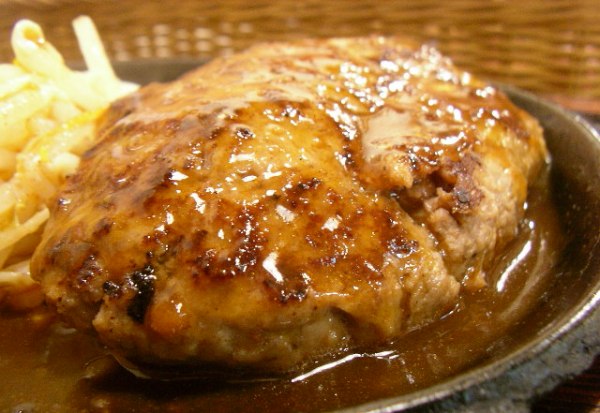
The Hamburg Steak made popular in New York in the 19th century to attract immigrants.
Honestly, who cares? All that matters is that it exists. It’s here. You can make or get one right at one or more places within walking distance of where you are right now. In fact, the hamburger is a global phenomenon and you can get them anywhere in the world and in a dizzying array of variations.
Did someone say, “variations”? Every part of a hamburger can be substituted for just about anything. You can swap the buns for the afore-mentioned grilled cheese, waffle, fried PBJ or donuts. Sauces can be as “normal” as ketchup, mustard and relish, slightly different like Bacon jam, aioli, BBQ or Whiskey sauces or even far-out like yogurt. Ew.
Trimmings or toppings typically include any type of cheese, lettuce, tomato or onions, however you are only limited by your imagination and it’s not unheard of to hear about taste-buds destroying hot peppers, egg, French Fries, pork belly, onion rings, pancetta or prosciutto. There are even stories told around campfires that mention placing chile rellenos, berries, tater tots, caviar, soft-shell crabs even gold-leaf.
Then, of course, there is the matter of size and signature. Restaurants will market a hamburger that they invented to separate themselves from other restaurants, or they will offer a massive burger or one with multiple patties.
One of the most insane burgers I have come across are the ones served at the Heart Attack Grill on Las Vegas, Nevada. Fat, grease, cheese, sugar, calories, cholesterol, salt? Who cares!? Take it to the next level by adding as much of those things as possible in one burger and have it served to you by a waitstaff in nurse gowns and hospital scrubs. You can have these heart attack inducing megaburgers called “Bypass” burgers that range as high as 20,000 calories with a side of “Flatliner” fries cooked in lard. Heck, might as well put the “Flatliner” Fries in the burger. Wash it down with a diet soda, of course.

McGuire’s Irish Pub in Pensacola, FL offers a “…three-quarter-pounder Black Angus beef burger covered in a scoop of hot fudge-drizzled vanilla ice cream.” Say, what?
The Ramen Burger invented by Japanese-American Keizo Shimamoto uses Ramen noodles formed into the bun and the patty is seared in Sesame oil. At Boston Burger Company you can get, The King – a burger that is topped with bacon, peanut butter, and fried bananas, then dusted with cinnamon and sugar. Chicago’s Kuma’s Corner offers the “Ghost” burger, as in the “Holy Ghost. You get a hamburger with goat shoulder, Ghost pepper aioli, slathered in a red wine reduction called “The Blood Of Christ” and a communion wafer. Heilege Scheiße!
Mallie’s Sports Grill & Bar in Detroit is home to the world’s largest hamburger at 1,794lbs with 300lbs of that being the toppings and 250lbs being bun. Those are some big buns, hun. They planned it over the course of 4 years and the burger was 5′ wide by 3′ tall. Have $7,799 to blow? Give the restaurant 3 days notice and head there.
The 666 Burger food truck in New York City, used to sell a “f***ing burger filled and topped with rich people sh**” aptly called “The Douchebag Burger” that cost $666. What are the toppings that make a douchebag happy? Well, like it says in the description, rich people “sh**” like a Kobe burger patty, topped with lobster caviar, Himalayan rock salt, foie gras and it’s served wrapped in greasy $100 bills.
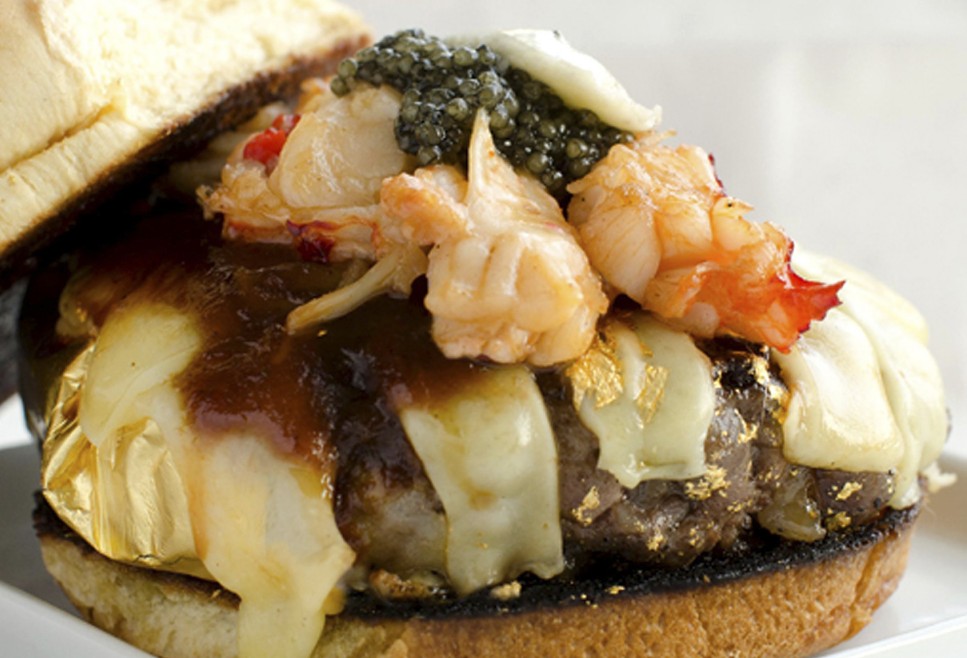
Douchebag Burger anyone?
The most expensive burger I could find was the $5,000 FleurBurger served at Las Vegas’s Fleur restaurant inside Mandalay Bay Casino. It gets things we’ve already come across like Kobe beef and foie gras, but what makes it so expensive is the huge quantities of expensive black truffles and it’s paired with a rare bottle of Château Pétrus, a Merlot wine made in Bordeaux, France. The wine is served in fancy, high-end Ichendorf Brunello wine glasses.
I hope you enjoyed this little merger of gastronomy, history and cultures. History can be interesting and fun, and often it’s as interesting or more so, than fiction.
_______________________________________________________
Have a dish you absolutely love and want to know how it came about? A dish that your heritage has produced? Comment on the article or social media post, or inbox us at info@newbedfordguide.com.
